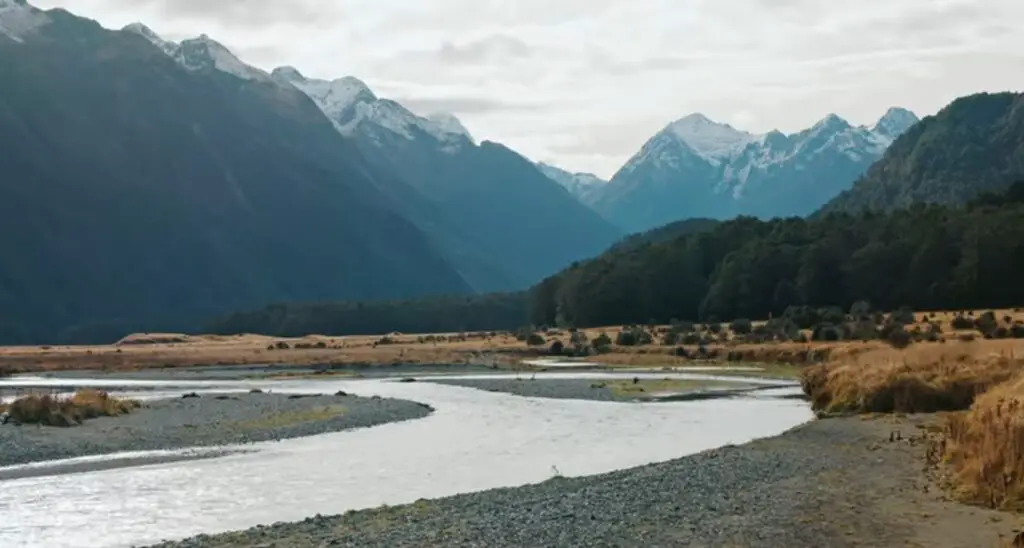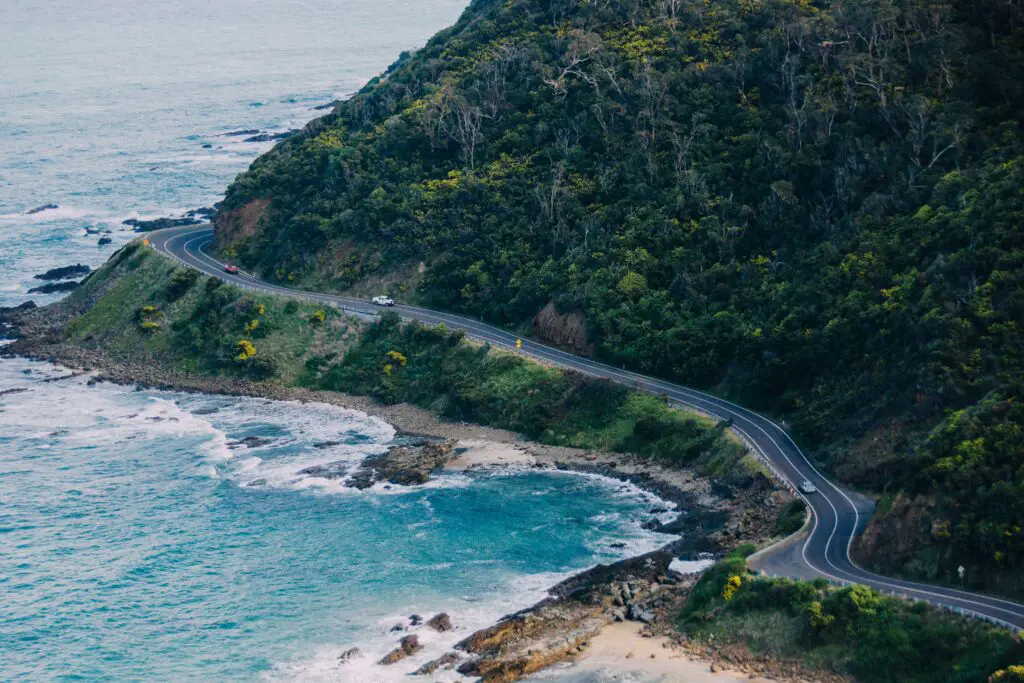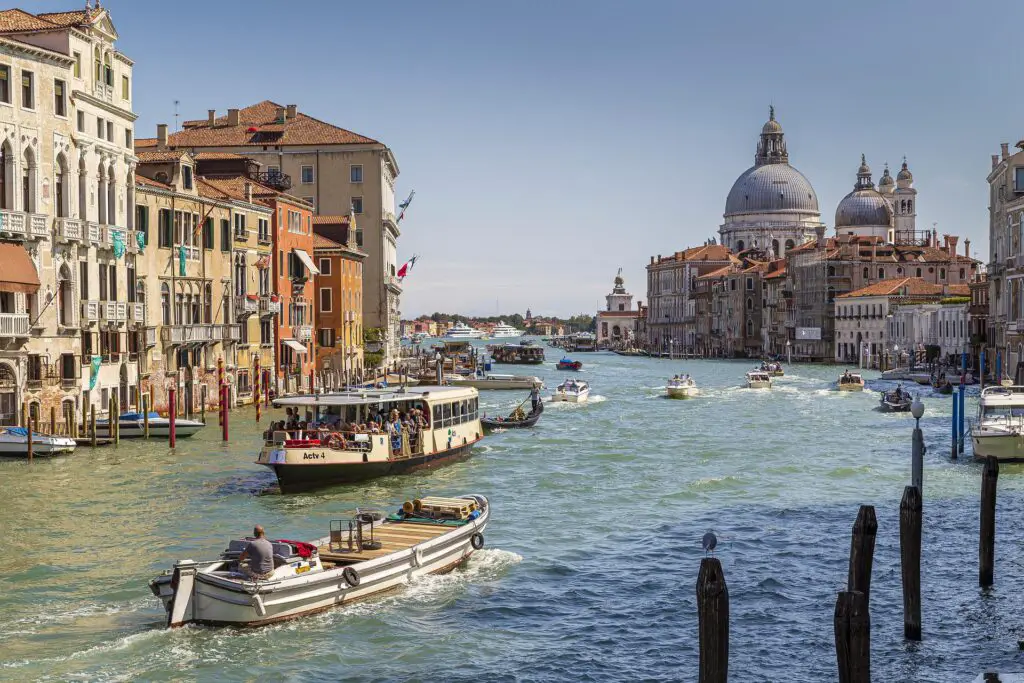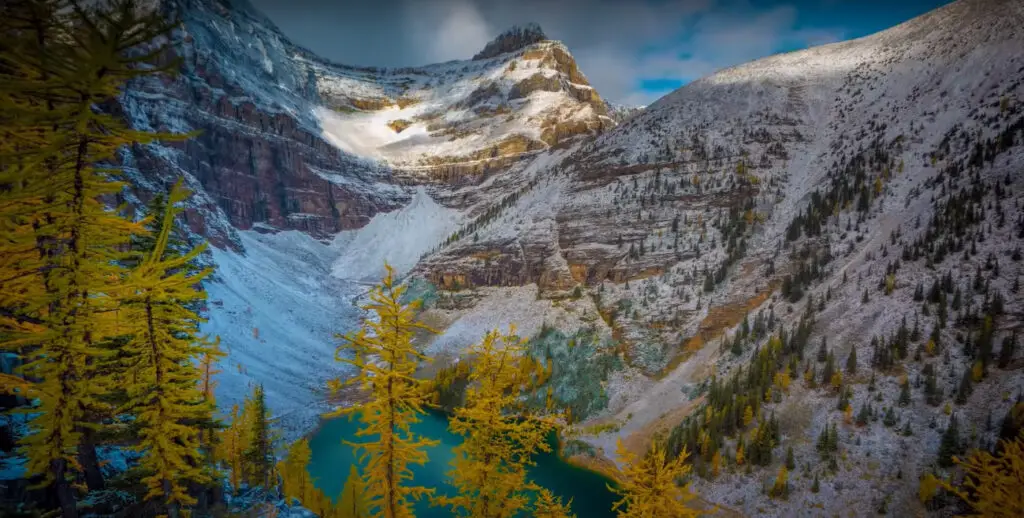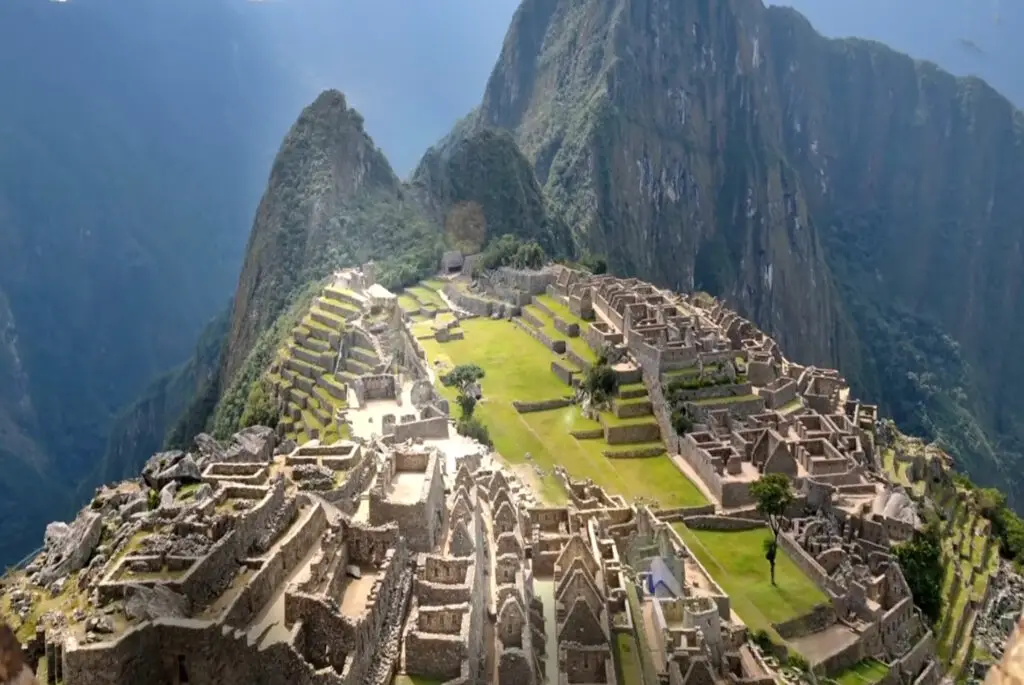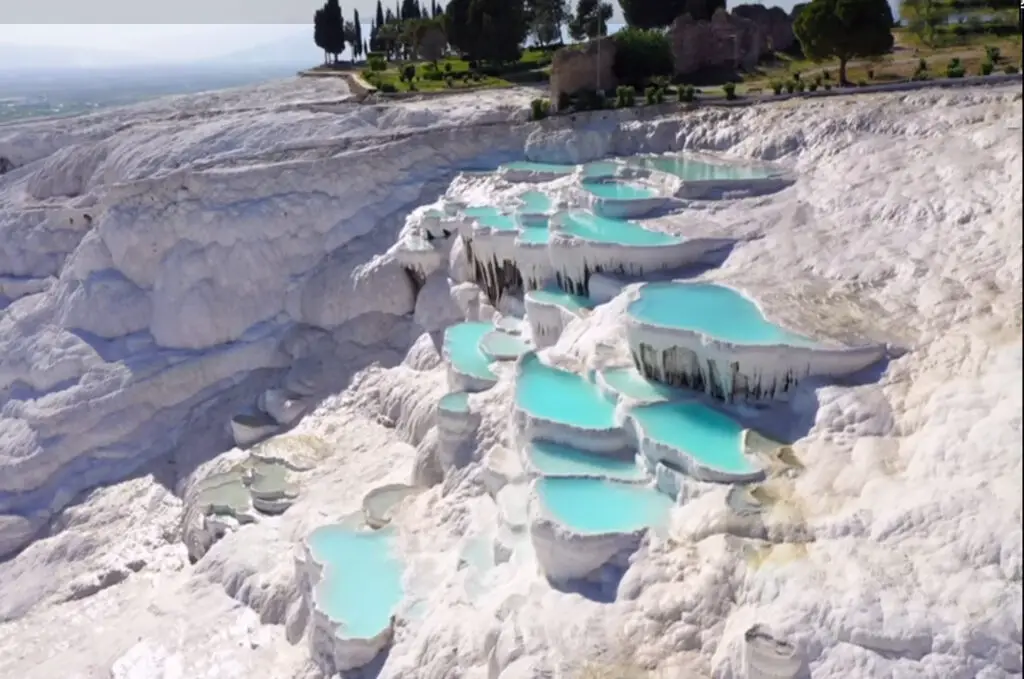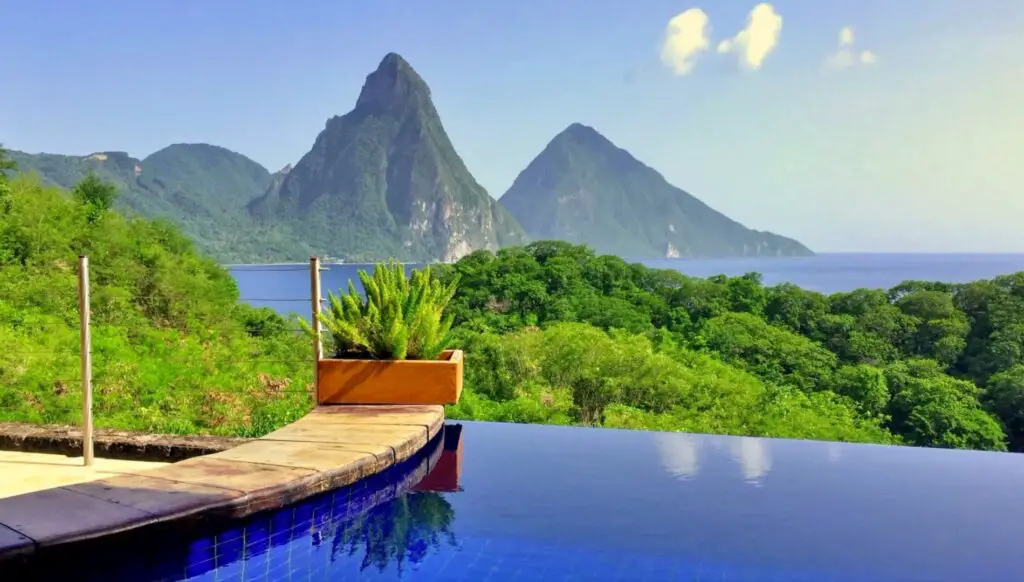Fiordland National Park is a sprawling wilderness area located in the southwestern corner of New Zealand’s South Island. Covering over 12,500 square kilometers, the park is one of the largest and most pristine wilderness areas in the world. It is home to a wide range of unique flora and fauna, as well as stunning landscapes, including dramatic fiords, towering peaks, and cascading waterfalls.
Fiordland National Park, New Zealand is known for its stunning fjords, towering peaks, and lush rainforests, making it a popular destination for outdoor enthusiasts, nature lovers, and adventurers alike.
History of Fiordland National Park
Fiordland has a long and storied history, dating back thousands of years to when it was first settled by the Maori people. The Maori used the area for hunting and fishing, and their presence is still evident in the many archaeological sites found throughout the park.
In the 19th century, European explorers began to explore the area, drawn by the stunning natural beauty and abundant wildlife. The first European to visit the area was Captain Cook, who sailed past in 1773. Over the years, many explorers and adventurers followed in his footsteps, drawn by the park’s stunning landscapes and rugged beauty.
In 1952, Fiordland was declared a national park, becoming the largest park in New Zealand at the time. Today, it is one of the most popular destinations in the country, attracting visitors from all over the world with its natural beauty and unique wildlife.
Geography and Climate of Fiordland National Park, Newzealand
Fiordland is a vast and rugged wilderness area, characterized by steep mountains, deep fiords, and dense rainforest. The area receives some of the highest rainfall in the world, with an average of over 6 meters of rain per year.
The park is home to several distinct regions, each with its own unique characteristics. The western region is characterized by deep fiords, towering mountains, and lush rainforest, while the eastern region is more rugged and mountainous, with steep valleys and glacial lakes.
The park’s climate is characterized by high rainfall and cool temperatures, with an average temperature of around 10 degrees Celsius. The park is also prone to sudden weather changes, which can make hiking and outdoor activities challenging at times.

Fiordland National Park Area
Fiordland National Park covers an area of 12,500 square kilometers and is home to some of the most stunning landscapes in New Zealand. The park is dominated by the Southern Alps, which rise to heights of over 2,000 meters above sea level.
Wildlife – Fiordland National Park
Fiordland is home to a wide range of unique and rare wildlife, including many species that are found nowhere else in the world. Some of the most iconic species include the Kea, a large and intelligent parrot that is known for its mischievous behavior, and the Kiwi, a flightless bird that is the national symbol of New Zealand.
Other notable species include the Takahe, a large flightless bird that was once thought to be extinct, and the Fiordland Crested Penguin, a rare and endangered species that is found only in the fiords of Fiordland.
The park’s rainforests are particularly rich in biodiversity, with over 700 species of plants, including towering rimu and totara trees.
The park is also home to a range of wildlife, including kea parrots, weka birds, and several species of native bats. One of the park’s most iconic animals is the endangered kiwi bird, which can be spotted in the park’s forests at night.
Fiordland National Park is home to a variety of animal species, including both native and introduced animals. Some notable animals found in the park include:
Fiordland Crested Penguin: Also known as the Tawaki, the Fiordland Crested Penguin is a rare and endemic penguin species that nests in the forested areas of Fiordland National Park.
Kea: The kea is a large alpine parrot native to New Zealand. Fiordland National Park is one of the areas where keas can be commonly spotted, particularly around alpine regions and mountainous areas.
New Zealand Fur Seals: The rocky coastlines and fiords of Fiordland provide habitat for New Zealand fur seals. These seals can often be seen basking on rocks or swimming near the shores.
Red Deer: Red deer were introduced to New Zealand for hunting purposes, and they have established populations in Fiordland National Park. They are the largest land mammals in New Zealand and can be found in forested and alpine areas.
Fiordland Skink: The Fiordland skink is a rare and endangered lizard species found in Fiordland National Park. It is one of New Zealand’s largest skink species.
Native Birds: The park is home to a variety of native bird species, including the endangered Kākāpō (a flightless parrot), tūī, bellbird, rifleman, and more. These birds contribute to the rich birdlife in the park.
These are just a few examples of the animal species found in Fiordland National Park. The park’s diverse habitats support a wide range of wildlife, both on land and in the surrounding marine environments.

Things to Do in Fiordland National Park
Fiordland offers a wealth of activities and attractions for visitors, from exploring the stunning natural landscapes to experiencing the unique local culture. Here are some of the top things to do and see in the area:
Milford Sound: This stunning fiord is one of the most iconic destinations in New Zealand, known for its dramatic cliffs, towering waterfalls, and abundant wildlife.
Doubtful Sound: This remote fiord is one of the most untouched wilderness areas in the world, offering visitors a chance to experience the natural beauty and solitude of Fiordland.
Kepler Track: This stunning hiking trail offers a chance to explore the rugged beauty of Fiordland on foot, with stunning views of the surrounding mountains and lakes.
Te Anau Glowworm Caves: These unique caves are home to thousands of glowing worms, creating a surreal and otherworldly atmosphere.
Kayaking and Boating: Fiordland is home to some of the most stunning waterways in the world, offering visitors a chance to explore the area by kayak or boat.
Fiordland National Park is a unique and stunning destination, offering visitors a chance to experience some of the most pristine and untouched wilderness areas in the world. With its dramatic fiords, towering mountains, and lush rainforest, It is a must-visit destination for anyone looking to experience the natural beauty and outdoor adventures of the South Island.

